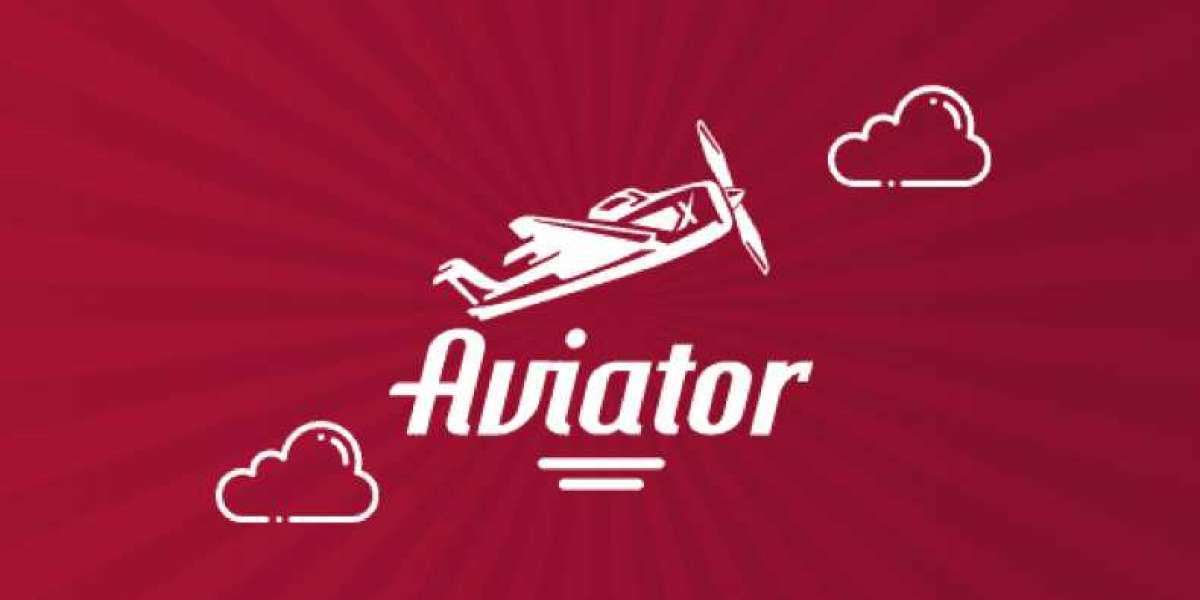The entertainment industry has seen a massive shift towards digital platforms, with apps becoming a primary medium for consuming content. Whether it's streaming movies, playing games, or social networking, entertainment apps are central to our daily lives. If you're planning to develop an entertainment app, understanding the cost factors involved is crucial for budgeting and successful project execution. This comprehensive guide will explore the various cost factors associated with developing an entertainment app and provide insights into how to manage these costs effectively. Additionally, we'll address common questions related to app development costs in a FAQ section.
Understanding the Cost Factors
1. App Complexity and Features
The complexity of your app and the features you want to include are major cost determinants. More complex apps with advanced features will require more development time and resources, leading to higher costs. Here are some key aspects to consider:
- Basic Features: User authentication, search functionality, and content display.
- Advanced Features: In-app purchases, social media integration, live streaming, and push notifications.
- Complex Features: AI-driven recommendations, AR/VR functionalities, and real-time synchronization.
2. Design and User Experience
A well-designed app with an intuitive user interface (UI) and seamless user experience (UX) can significantly impact user engagement and retention. Design costs can vary based on the complexity and customization required:
- Wireframing and Prototyping: Creating initial sketches and interactive prototypes.
- UI/UX Design: Crafting visually appealing and user-friendly interfaces.
- Animations and Graphics: Adding dynamic elements and high-quality graphics.
3. Development Team and Expertise
The cost of hiring a development team depends on their expertise, location, and the scope of your project. Here are some roles you might need:
- Project Manager: Oversees the project and ensures timely delivery.
- Developers: Front-end and back-end developers to build the app.
- Designers: UI/UX designers to create the app's look and feel.
- Quality Assurance (QA) Engineers: Test the app for bugs and ensure quality.
4. Platform and Device Compatibility
Deciding whether to develop your app for iOS, Android, or both will impact the cost. Additionally, considering different devices (smartphones, tablets, smart TVs) can add to the complexity and cost:
- iOS Development: Requires expertise in Swift or Objective-C.
- Android Development: Requires expertise in Kotlin or Java.
- Cross-Platform Development: Using frameworks like React Native or Flutter can save costs by allowing code reuse across platforms.
5. Backend Infrastructure
The backend infrastructure supports the app's functionality, including data storage, server management, and third-party integrations. Key components include:
- Servers and Hosting: Costs for cloud servers to host your app’s data and services.
- Database Management: Storing and managing user data securely.
- APIs and Integrations: Connecting with third-party services like payment gateways, social media platforms, and analytics tools.
6. Security and Compliance
Ensuring the security of user data and compliance with regulations (such as GDPR and CCPA) is essential and can add to the development cost:
- Data Encryption: Protecting user data with encryption techniques.
- Authentication Mechanisms: Implementing secure login methods, such as multi-factor authentication.
- Compliance Measures: Ensuring the app meets legal and regulatory requirements.
7. Testing and Quality Assurance
Thorough testing is crucial to deliver a bug-free app and enhance user satisfaction. QA processes can include:
- Manual Testing: Human testers evaluate the app’s functionality and usability.
- Automated Testing: Automated scripts run tests to identify issues quickly.
- Performance Testing: Ensuring the app performs well under different conditions.
8. Maintenance and Updates
Post-launch maintenance and updates are necessary to keep your app relevant and functional. This includes:
- Bug Fixes: Addressing any issues that arise after launch.
- Feature Enhancements: Adding new features based on user feedback and market trends.
- Compatibility Updates: Ensuring the app works with new operating system versions and devices.
9. Marketing and Promotion
Marketing your app to attract users is another significant cost factor. Effective marketing strategies can include:
- App Store Optimization (ASO): Improving the app’s visibility in app stores.
- Digital Marketing: Running campaigns on social media, search engines, and other platforms.
- Influencer Partnerships: Collaborating with influencers to promote your app.
10. Miscellaneous Costs
Other costs to consider include:
- Legal Fees: Costs associated with copyrights, trademarks, and other legal matters.
- Licensing Fees: Fees for using third-party software or content.
- Contingency Funds: Allocating a budget for unexpected expenses.
Managing Development Costs
Prioritize Features
Start with a Minimum Viable Product (MVP) that includes only the essential features. This approach helps you launch faster and gather user feedback to guide future development.
Choose the Right Development Approach
Consider using agile methodologies to allow for iterative development and flexibility. Agile practices can help you manage changes and stay within budget.
Outsource Wisely
Outsourcing development to regions with lower labor costs can be a cost-effective option. However, ensure the quality and reliability of the outsourcing partner.
Use Open-Source Tools
Leveraging open-source tools and frameworks can reduce development costs. These tools often have large communities that provide support and updates.
Monitor and Control
Regularly monitor the development progress and costs. Use project management tools to track expenses and ensure the project stays on budget.
FAQ: Cost Factors for Developing an Entertainment App: What You Need to Know
Q1: What are the main cost factors in developing an entertainment app?
The main cost factors include app complexity and features, design and user experience, development team and expertise, platform and device compatibility, backend infrastructure, security and compliance, testing and quality assurance, maintenance and updates, marketing and promotion, and miscellaneous costs such as legal and licensing fees.
Q2: How can I reduce the cost of developing an entertainment app?
You can reduce costs by prioritizing features and starting with an MVP, choosing the right development approach (such as agile methodologies), outsourcing development to cost-effective regions, using open-source tools and frameworks, and regularly monitoring and controlling project expenses.
Q3: How does the choice of platform affect development costs?
Developing for a single platform (iOS or Android) is generally less expensive than developing for both. Cross-platform development using frameworks like React Native or Flutter can also save costs by allowing code reuse across platforms.
Q4: Why is design and user experience important for an entertainment app?
A well-designed app with an intuitive user interface and seamless user experience can significantly impact user engagement and retention. Investing in high-quality design ensures that users find the app appealing and easy to use, which can lead to higher user satisfaction and loyalty.
Q5: What role does backend infrastructure play in app development costs?
The backend infrastructure supports the app’s functionality, including data storage, server management, and third-party integrations. Costs for servers, hosting, database management, and APIs must be considered, as they are essential for the app’s performance and scalability.
Q6: How important is security and compliance in app development?
Ensuring the security of user data and compliance with regulations is crucial for building user trust and avoiding legal issues. Implementing data encryption, secure authentication mechanisms, and compliance measures can add to development costs but are essential for protecting user data and meeting legal requirements.
Q7: What ongoing costs should I expect after launching the app?
Post-launch costs include maintenance and updates (bug fixes, feature enhancements, compatibility updates), marketing and promotion (ASO, digital marketing, influencer partnerships), and potential legal and licensing fees. These ongoing costs are necessary to keep the app relevant and functional.
Q8: Why is it important to allocate a contingency fund?
Allocating a contingency fund helps you prepare for unexpected expenses that may arise during development. This can include unforeseen technical challenges, additional feature requests, or changes in regulatory requirements. Having a contingency fund ensures that your project can continue smoothly without financial disruptions.
Conclusion
Developing an entertainment app development company involves several cost factors that need careful consideration and management. From app complexity and design to backend infrastructure and ongoing maintenance, each aspect plays a crucial role in determining the overall cost. By understanding these factors and implementing cost-saving strategies such as prioritizing features, choosing the right development approach, and outsourcing wisely, you can manage your budget effectively and ensure the successful launch of your app.
Regular monitoring and control of project expenses, along with a clear understanding of the necessary investments in security, compliance, and marketing, will help you navigate the complexities of app development. With the right planning and execution, you can develop a high-quality entertainment app that meets your goals and delights your users, setting the stage for long-term success in the competitive digital landscape.









